Plaza Dos de Mayo loses its annual festival
The anniversary of Madrid’s rebellion against French invaders on May 2 (dos de Mayo) has long been a good excuse to throw a huge street party. However, since the pandemic, the way Madrileños celebrate has changed radically. While the biggest party used to be in Plaza dos de Mayo, according to El Diario authorities have now shut this down after the square became infamous for illegal macrobotellon street drinking parties. During the pandemic, these became a huge headache for the police as some young people found a way to defy strict rules about socialising by arranging en-masse gatherings by text. Plaza dos de Mayo became a flashpoint for these and one even devolved into a riot with bottles thrown at police and bins tipped over.
When the festival reappeared in 2023, local authorities relocated the main stage to Sol in the hopes of making the event more family-friendly with a greater emphasis on the historical context of the event. While a low-key independently organized event will go ahead in Malasaña, licences permitting the erection of stalls and the creation of a festival area in which street drinking is permitted were not given out in Plaza dos de Mayo in a move that disappointed locals. Instead, Sol has again been named as the official venue with open-air concerts held on May 1 and 2.
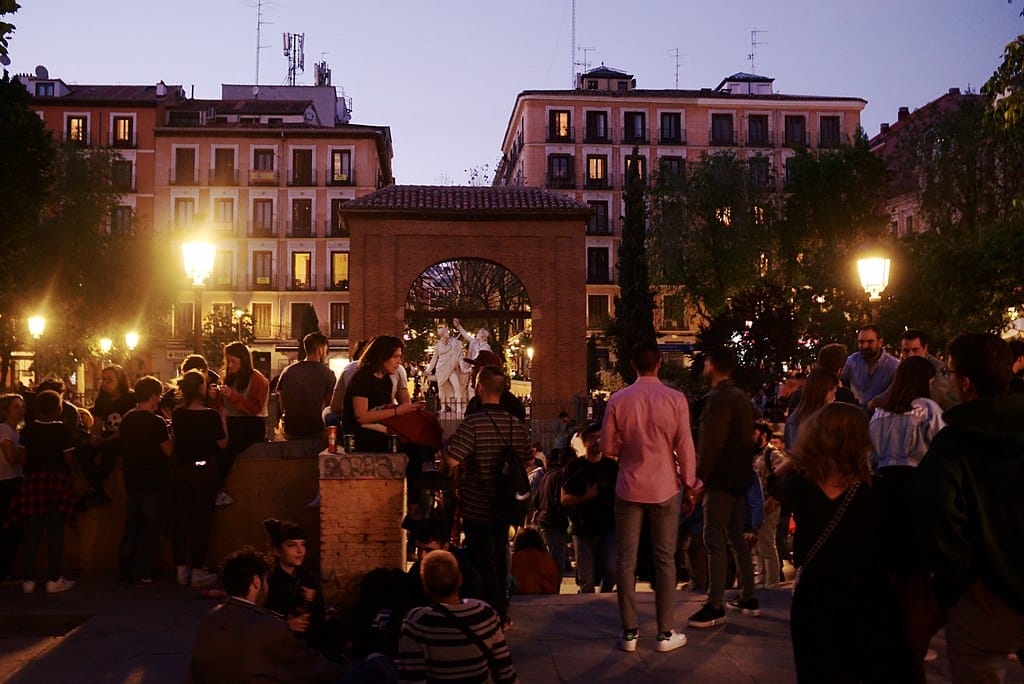
Grand reenactment
That’s not the only change. Post-pandemic, there’s been a growing focus on the bloody battle with historical reenactors bringing the distant event back to life. Last year, 300 people participated in a parade and reenactment and 2024 sees these numbers swell to a massive 1,000, making it the largest historical reenactment in Spain since the bicentenary of the event back in 2008. A military parade of French and Spanish soldiers will march through the city before battling it out in a reenactment of a key battle in Sol at 7pm. While a battle did take place in Sol oddly, the reenactment will focus on the battle of Plaza dos de Mayo. The timeline of this reenactment is also skewed as the inciting event will occur later at 9pm outside the palace, as French troops begin to take away hapless Infante Francisco de Paula.
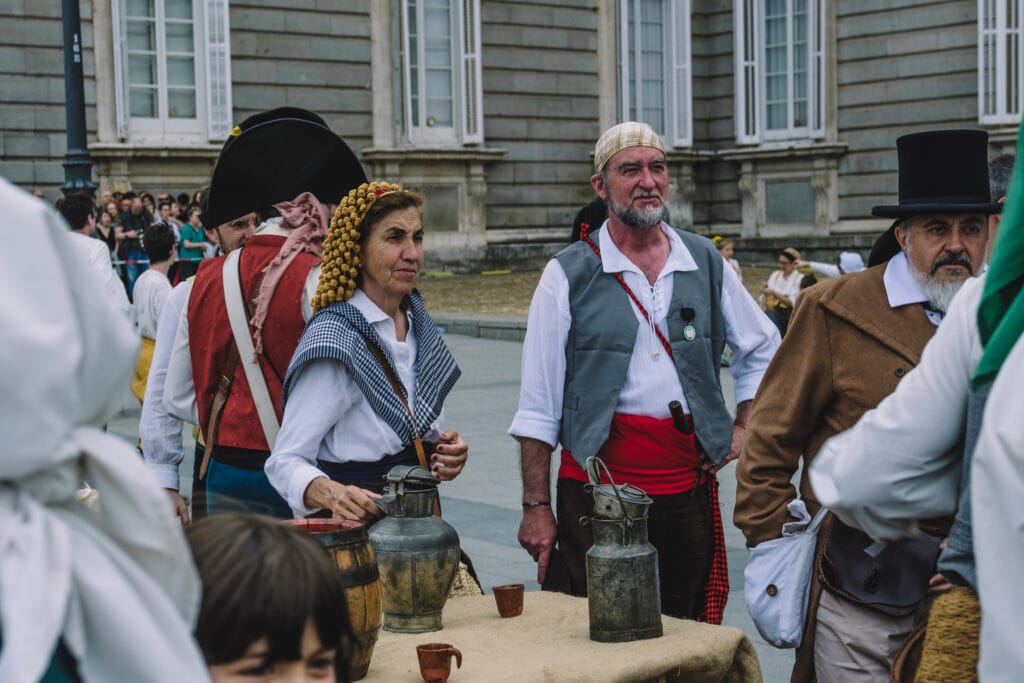
What is Dos de Mayo all about anyway?
If you’re a little hazy on the importance of this date, here’s my breakdown of events: Napoleon had invaded Spain and on May 2 1808 the last remaining members of Spain’s royal family were getting ready to be shipped off to France. Fearing perhaps that if they didn’t keep on Napoleon’s good side they’d wind up (just as their French cousins had) with their severed heads rolling around an executioner’s basket, the Bourbons barely made a peep to protest the move while Madrileños were encouraged to do the same with the authorities instructing citizens to exercise restraint and to treat the French forces with respect.
On the face of it, it appeared that Spain had fallen to French rule with barely a whimper of protest. Napoleon had – by gaining permission from the Spanish king to march his troops into the country on the pretext of invading Portugal – subjugated an entire nation with a cheap trick. Nothing seemed to stand in his way. Nothing that is except for an unruly gang of ordinary Madrileños who appeared outside the palace demanding that Infante Francisco de Paula remain. As the French began to take the last member of the royal family away, the crowd turned ugly. Stunned, the French forces unwisely opened fire sparking off a bloody war of independence that was to bring the French emperor to his knees.
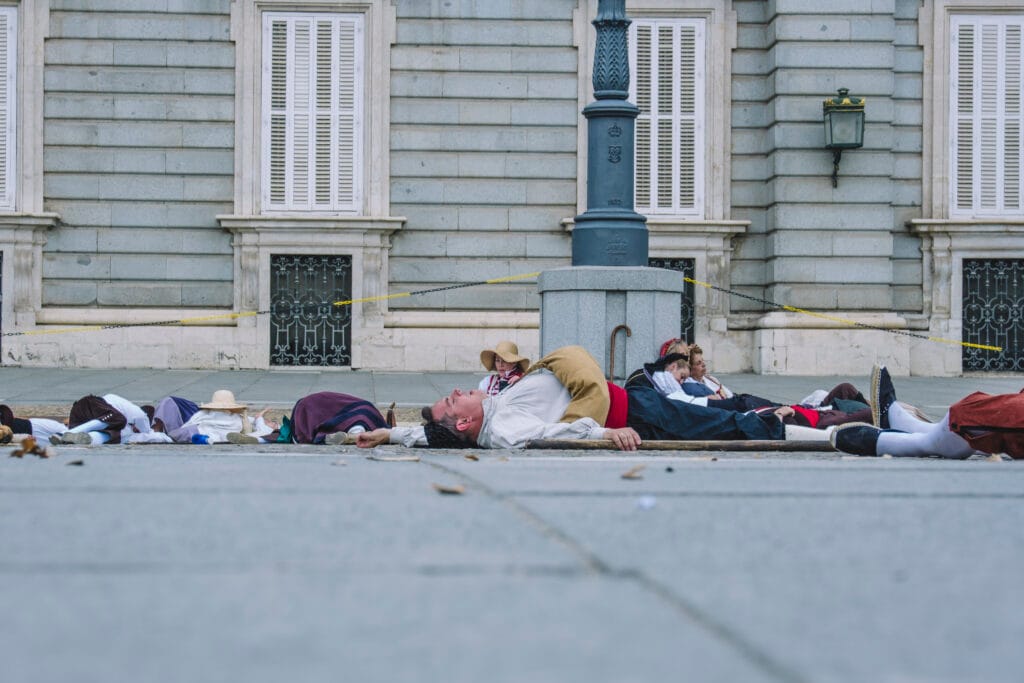
Spontaneous rebellion
Though the French were convinced a conspiracy was afoot, one of the most surprising things about the uprising on May 2 was that it was not orchestrated by anyone, rather, it was a spontaneous action made by a fiercely patriotic populace who simply refused to tolerate the idea of French rule. Incredible when you consider the fact that they were facing trained heavily armed French troops without any support from the Spanish army – who had been given strict orders not to intervene.
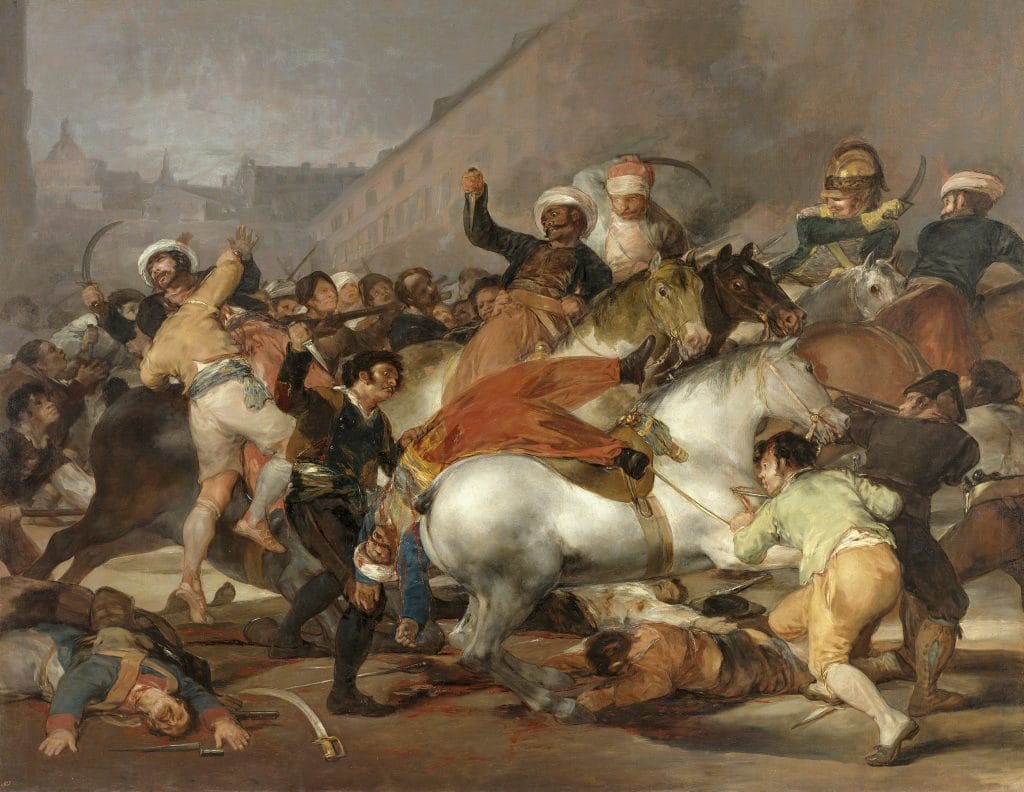
Despite being outgunned, the citizens of Madrid fought with sticks, hoes, and even pitchforks all over the city. Huge battles raged in the streets and even women got involved throwing whatever heavy objects came to hand down onto the heads of French soldiers. It would, of course, be a losing battle. In Goya’s Charge of the Mamelukes, you can get an idea of the carnage that ensued; it shows Napoleon’s fearsome Mameluke troops cutting down Madrileños with curved swords in Puerta del Sol.
Reckless bravery
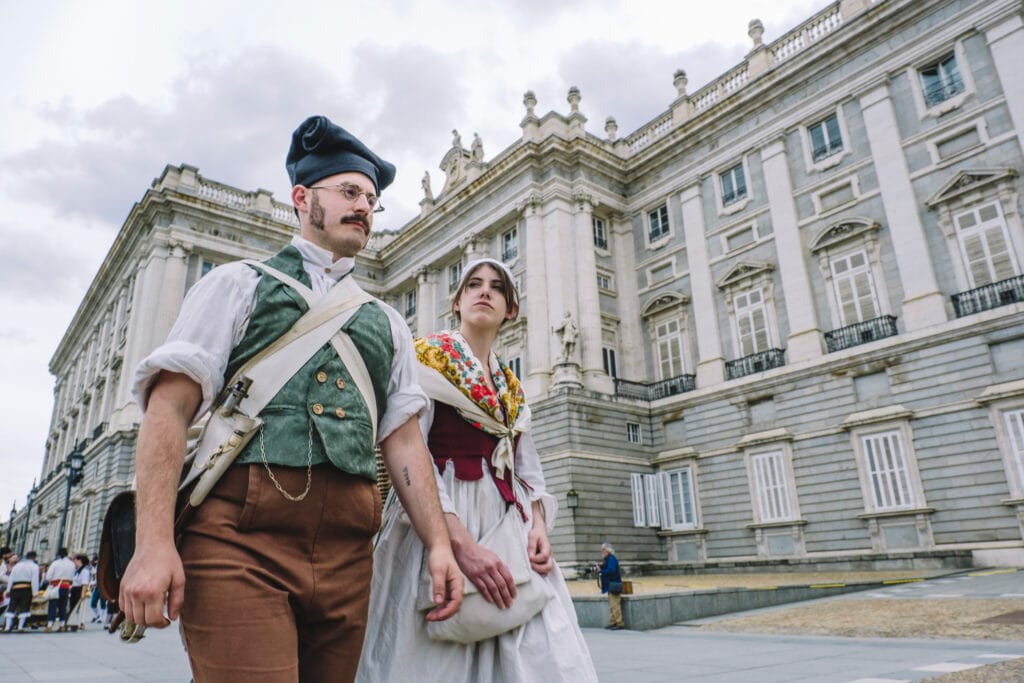
Still, the reckless bravery displayed by Madrid’s working-class majos was what finally inspired some Spanish soldiers to act. Captain Pedro Velarde along with Luis Daoíz defied orders and led a group of soldiers out of the Monteleón barracks – located on present-day Plaza dos de Mayo – where they defended their position against the French. They were assisted by ordinary men and even women, such as 42-year-old Clara del Rey, who joined her husband and sons in a hopeless battle to defend the barracks.
Refusing to give in to French demands to surrender, the Spanish made their last stand in an archway to the barracks before being killed. All that remains of this building today is this very arch which sits in the middle of Plaza Dos de Mayo behind a statue of Daoíz and Vellarde. Other heroes of the uprising included Manuela Malasaña, who was shot the next day for defying the French and whose memory was so well-loved that the whole area of Maravillas was renamed in honour of her bravery.
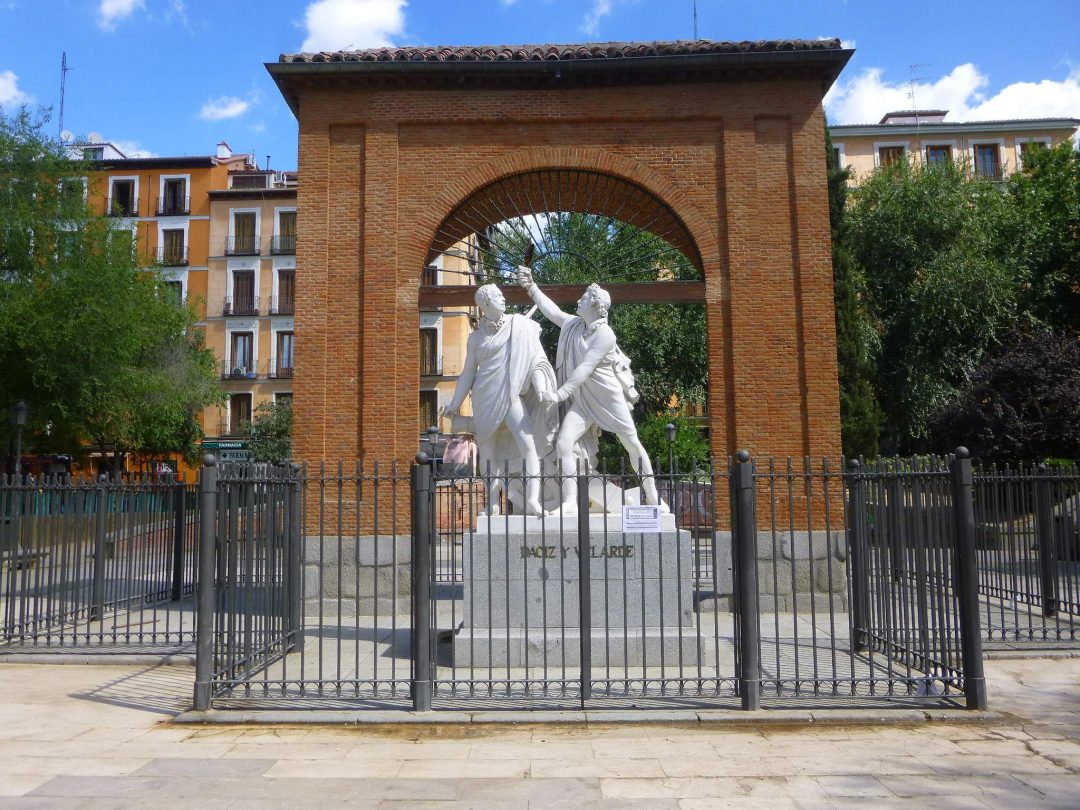
Along with Manuela and Clara, around 400 or so Spanish were executed on May 3, 90% of whom were ordinary private citizens. It was their actions that inspired the military to take up arms against the occupying forces eventually leading to the liberation of the country in 1814 and the restoration of the lily-livered Ferdinand VII to the throne. Ferdinand’s subsequent betrayal of Spain’s working classes is an even more tragic story perhaps better left for another day…
The future of Dos de Mayo festivities
For the foreseeable future, it looks as if the Fiestas de Dos de Mayo will remain focused in Sol, kicking off at 5pm with the last performance starting at 9pm – extremely early by local standards. This last act is a DJ, but besides this, the programming looks a lot more conventional with a focus on traditional music. There will be other events throughout the city but little besides a display of traditional Chilean dancing at 1pm in Plaza dos de Mayo itself. Whether the police can enforce this remains to be seen. Last year, a perimeter was set up around the square and police checked bags to try to stop people smuggling in booze. The result: the party moved to the surrounding streets instead, demonstrating that many Madrileños remain as rebellious as ever!
What do you think? Should the festival return to its original site? Please leave a comment!
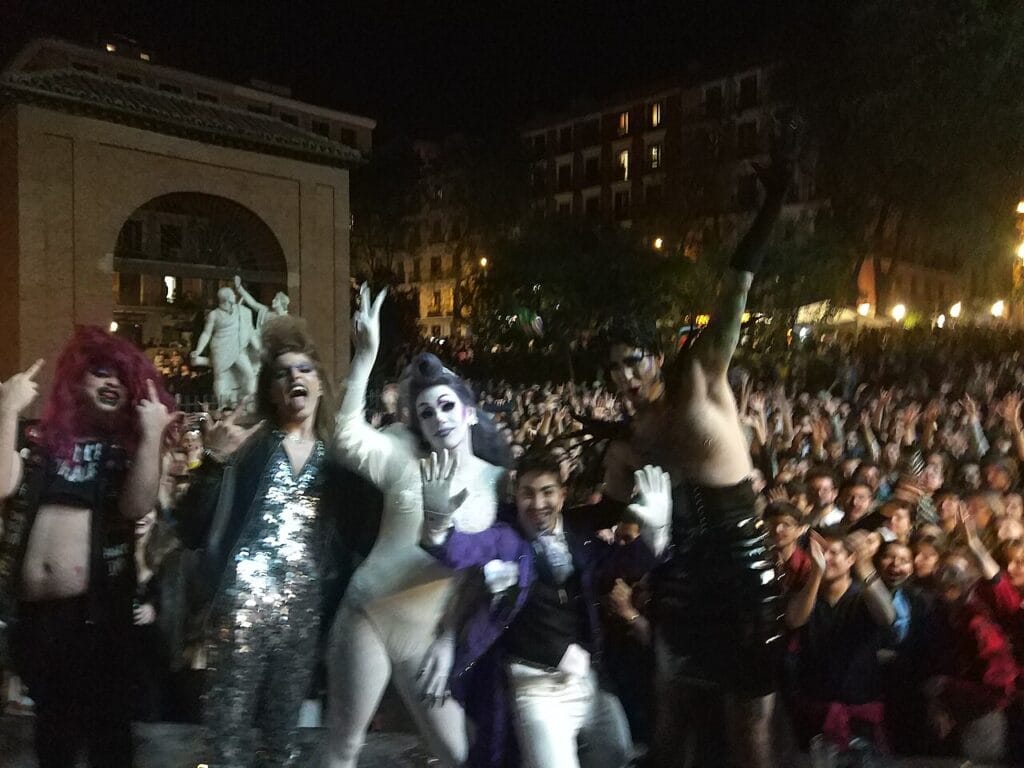
Keen to find out more about the history of Madrid? See another side of the city with one of my unique walking tours.
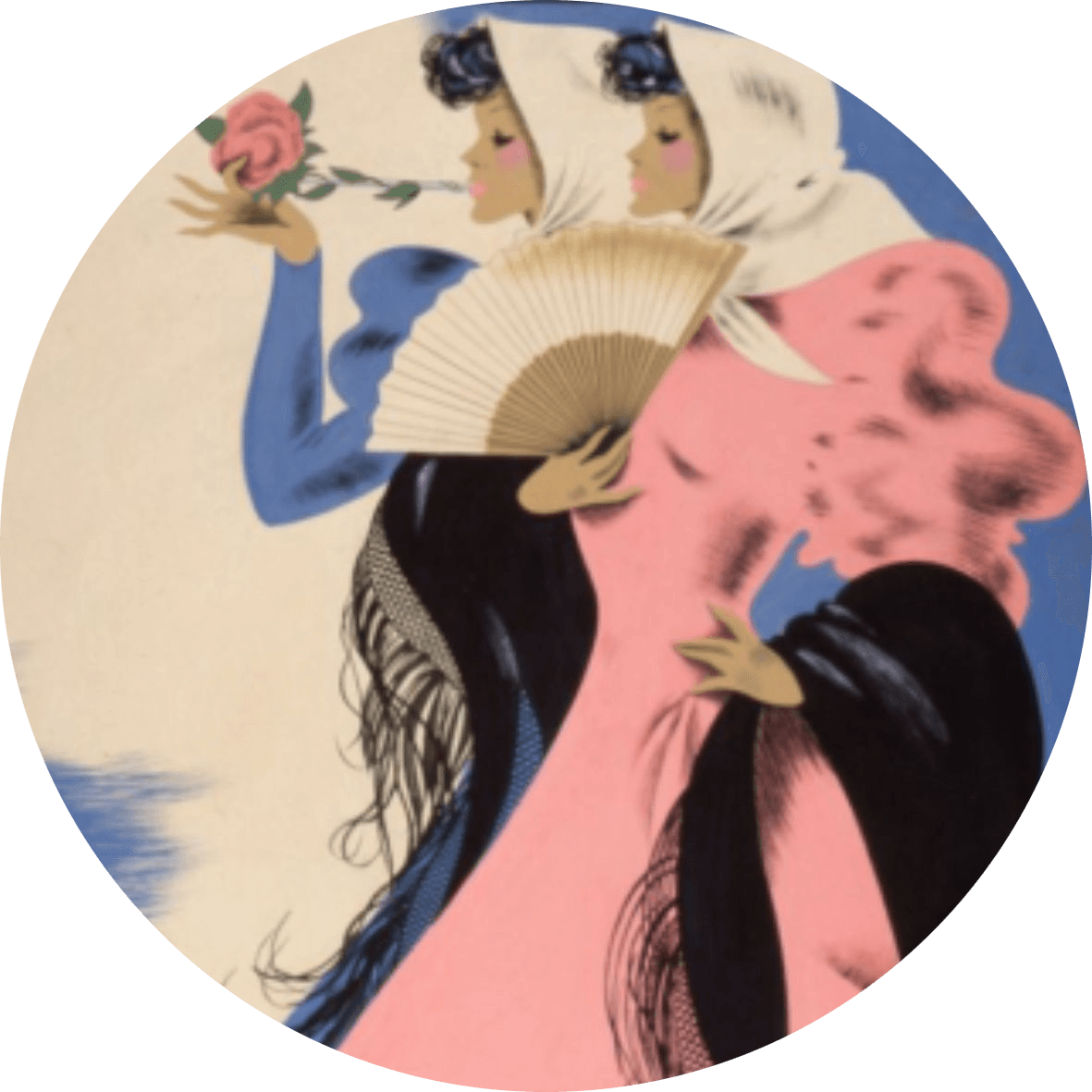
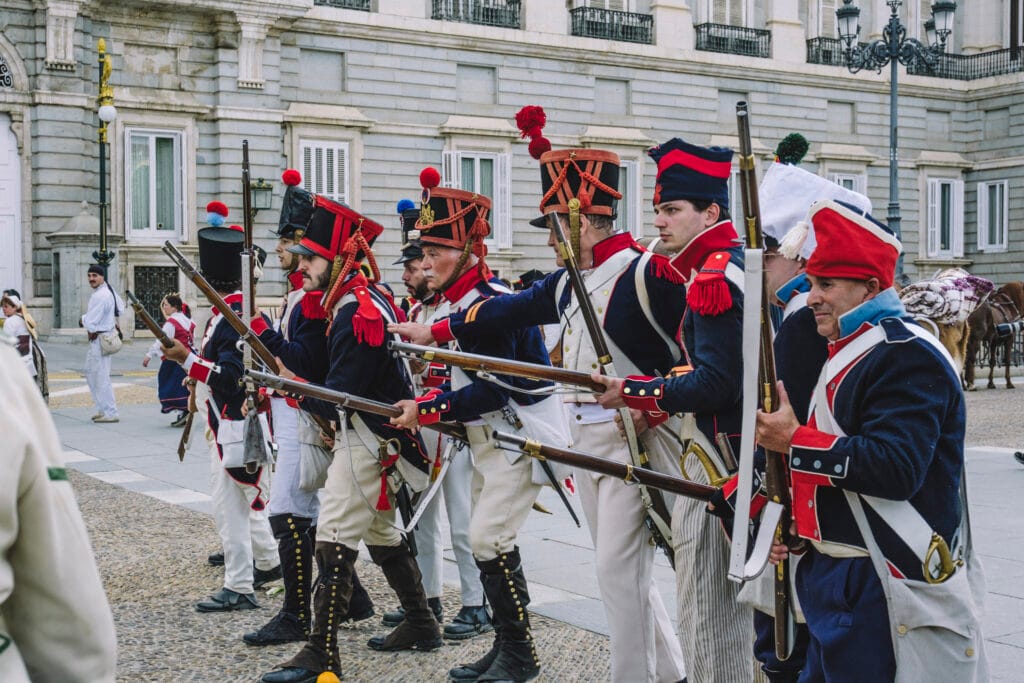
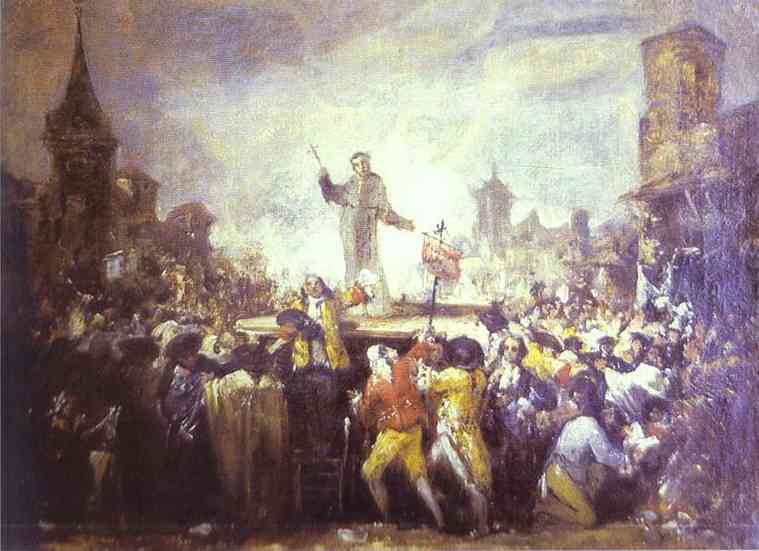
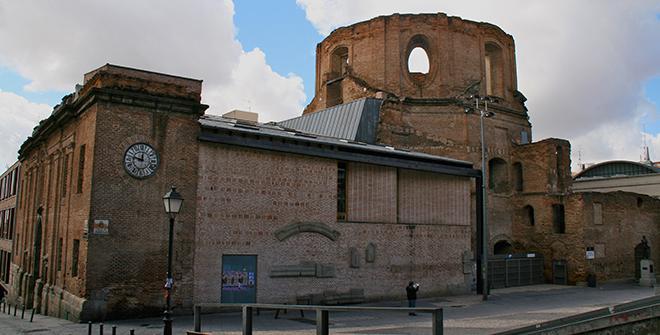
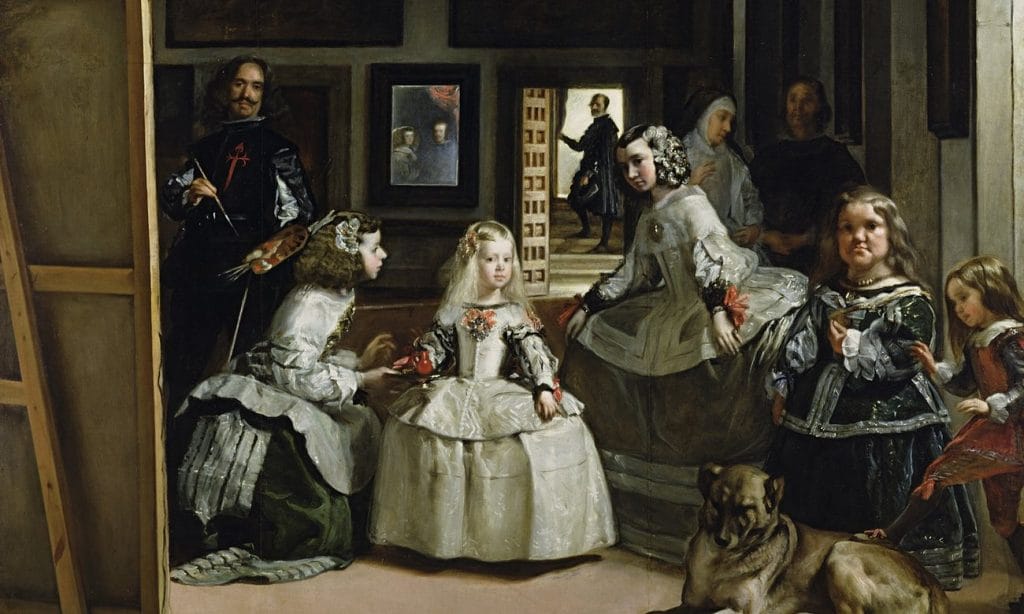
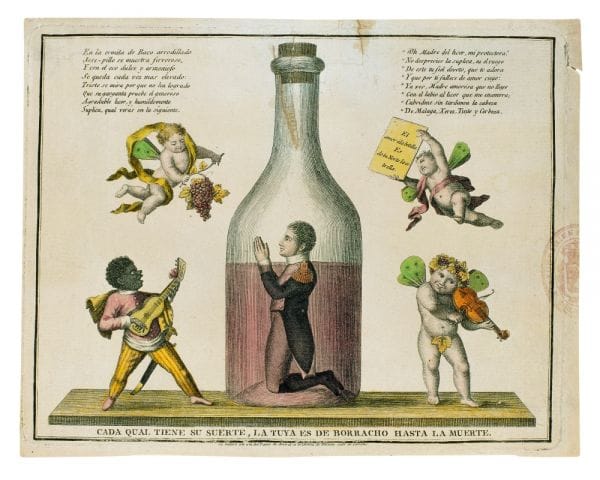
Pingback: Street Signs in Madrid: a Brief History - The Making of Madrid
Pingback: Three Museums that Reveal Madrid Through the Ages - The Making of Madrid
Pingback: Campeonas: Madrid's female heroes - The Making of Madrid
Pingback: Key Moments in Madrid's History: For Whom the Bell Tolls - The Making of Madrid
Pingback: Madrid's Most Problematic Painting - The Making of Madrid
I understand they want to move the re-enactments to larger spaces, mixing large crowds with the re-enactors firing guns and cannons is a massive, risky, headache (you’d never get the public so close in the UK- we have to have double width barriers and marshalls) however I think no matter where the official celebrations are, Madrileños will do their own thing anyway!
Thanks for the insight! Yes, looks like that’s what they did last year, making the streets surrounding Plaza dos de Mayo a huge party instead.
Pingback: Pepe Botella: a misunderstood monarch - The Making of Madrid